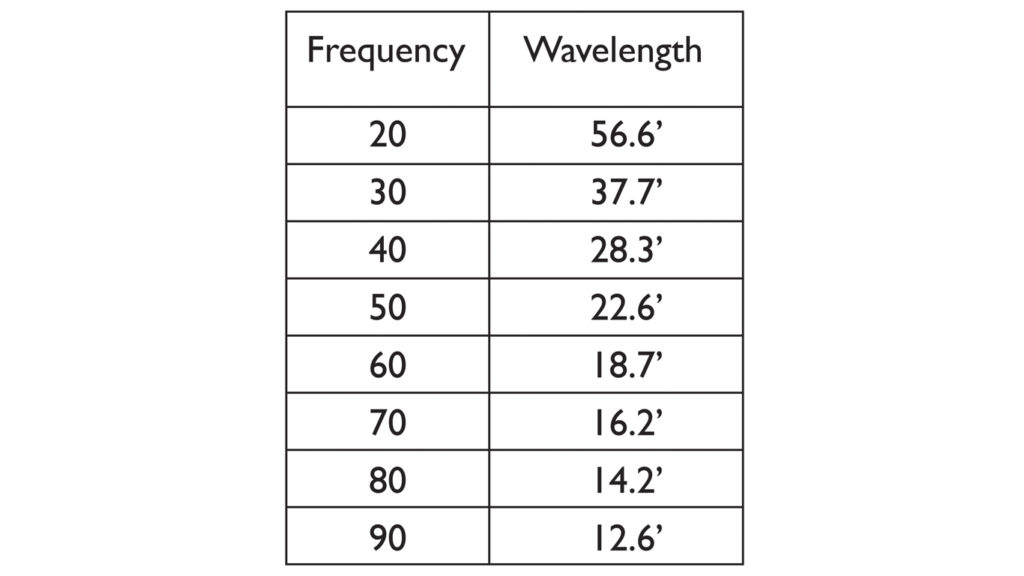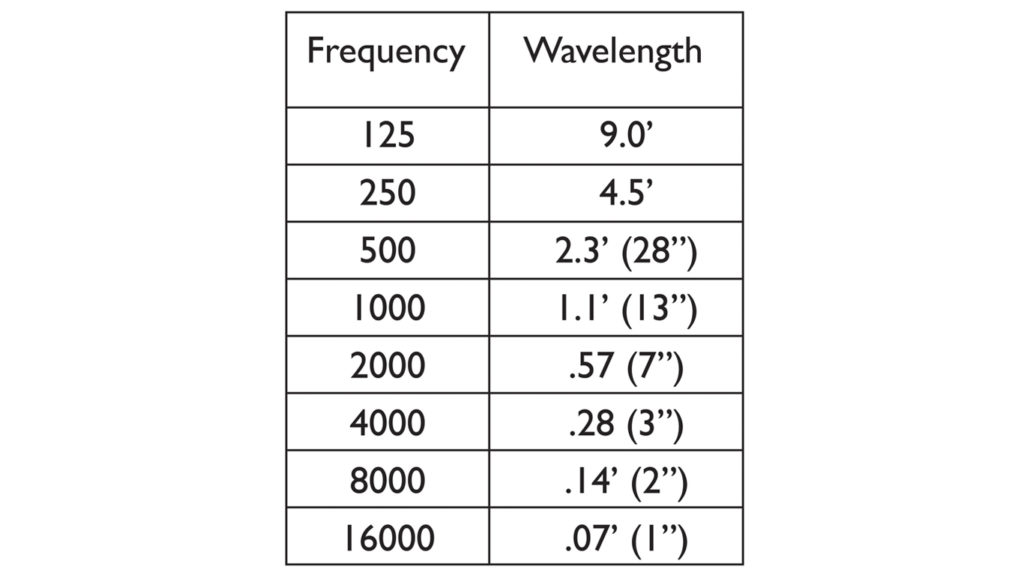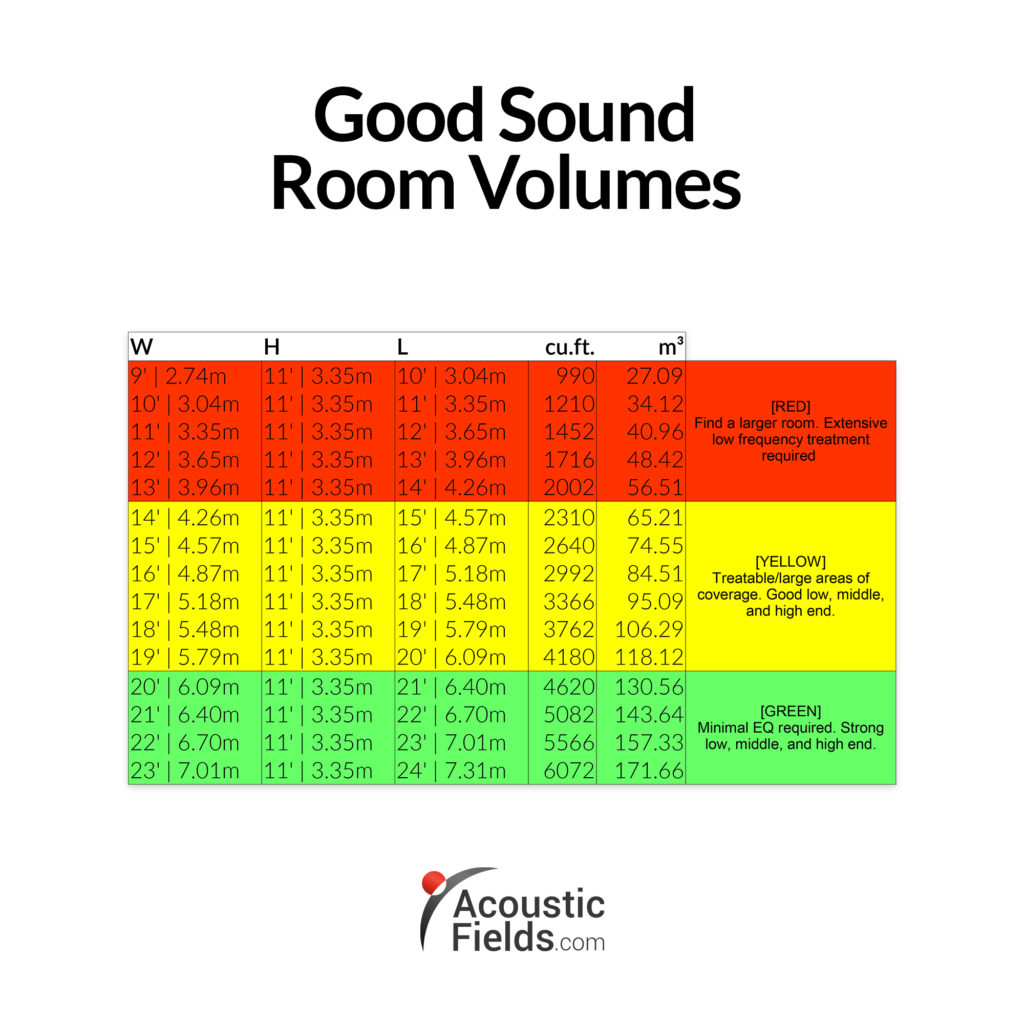This blog has been updated from its original posting to reflect new information and changes in technology regarding audiophile listening room design. Updated on 11/19/19.
Last week one of our YouTube subscribers messaged me the following “My wife is finally going to let me turn the space above the garage into a dedicated audiophile listening room with the proper amount of audiophile room treatment. It’s mainly rectangular measuring 13-foot wide by 18″ long with a 14-foot ceiling in the middle but it’s a slanted roof which comes down to 8″ at the sides. What do I need to do to make it the ultimate audiophile listening room with audiophile room acoustics for a man looking to retire soon?”
Let’s just stop for a minute and think about the room size. We have a 14-foot ceiling that slopes down to 8″ and that can be good. 14 feet is great, I can live without the eight but as it slopes down, depending on the slope if the slope is towards the rear of the room that’s good, and we would set the room up to be that way. A 13′ ceiling height is not welcome but we can work with the 18′ length. If we take the 14′ ceiling peak height and the 8 wall height, we have an average ceiling height of 11′.
- Frequency Vs. Wavelength 20Hz – 90Hz
- Frequency Vs. Wavelength 125Hz – 16K Hz
Anything Less Than 14ft. is Problematic
The only problem is the 13-foot width. If we take the 13′ width and divide it into 1130 we get around 90 Hz. This means everything below 90 Hz. will be an issue that we will have to treat. Treatment for 90 Hz. and below takes 10 – 12″ of space to treat. We must have the space available to treat. We have a room dimension that won’t cooperate at all with us in the low end. Of the three we have one that will give us issues. The other room dimensions will have issues, but not as bad as the 13′ dimension. The problem here is trying to stay away from that dimension. Now, he’s got 18 feet on the length, that’s good, we can work with that. The room has possibilities, it has a lot of issues but it has possibilities. We have defined the room usage now we must look to audiophile room treatment to satisfy the audiophile room acoustic requirements.
Can we compensate for that 13″? Maybe, without doing a room analysis it will be difficult to tell and I’m not a big fan of guessing but with that kind of volume with a 14-foot ceiling, we may be able to undo the issues or minimize the issues that the 13-foot width is causing. But as a rule of thumb when you’re all looking for rooms that you want to do music in, go 14-foot and higher and we’ll have at least something to work with acoustically. So great possibilities for this Audiophile listening room.
What Do We Need in Order to Make it the Ultimate Listening Room?
We have to analyze the room, we have to design the room treatment, we have to design the location the room treatment needs to go, we have to look at the low-frequency energy-producing devices the room is going to have, we have to look at the noise inside and outside the room, we have to look at gas issues if you’re going to be above a garage. Are you going to have fumes from the cars coming into the room so that you’re going to be knocked out and not be able to listen to music because you have carbon monoxide poisoning? Lots of issues with a system above the garage.
Room design is a step-by-step process. Achieving quality sound in a room is all about doing a lot of little things in the correct order. Remember there is no magic bullet, there is no one-size-fits-all in room acoustics. Every room is different, every room has its own set of issues, every room’s room treatment design and issues are separate and I think that’s what causes a lot of the confusion. I think people are looking for a one-size-fits-all and I kind of see that in the tone and the quality of people’s responses.
I think they’re struggling to find that simple solution and unfortunately there isn’t one and I think a lot of acoustic product manufacturers use the nomenclature and the literature to convince people that there are simple solutions. If you buy our product, take it out of the box, hang it on the wall, your low-frequency energy is now managed’… nothing could be further from the truth. No device in a box that you would hang on the wall will ever absorb enough of the low-frequency energy issues within your room. Low-frequency unwanted pressure issues can not be contained in a wall hanging product. It will never have the proper rates and levels of absorption.
Dedicated Audiophile Listening Rooms: https://www.acousticfields.com/very-dedicated-listening-piano-rooms/
Dedicated Listening and Live Room: https://www.acousticfields.com/state-of-the-art-acoustics/
There is No One Size Fits All
We have a disconnect between terms, meanings, and functions. There is no one-size-fits-all, it’s not easy, it’s very complicated. I’ve learned something every time I’ve built a room and I built over 160 rooms now and in our database. I learned something every time. You would think I wouldn’t, you would think the patterns would just keep repeating and repeating. Well some did and some didn’t as every room was different. Even the materials I used in building the rooms we’re not even consistent, sometimes in composition and structure. There are so many variables that when you come to certain crossroads in audiophile room acoustics, audiophile room treatment and acoustic design it’s best to get a professional involved and be careful with those solutions that come in the box.
In Summary
If you would like your room acoustic issues analysed for free by me then please fill in the form here and I will be happy to take a look for you.
Thanks
Dennis











